Material Characterization in Plastics Manufacturing
Material characterization is an invaluable factor in plastics manufacturing, encompassing the consistent analysis and evaluation of the properties of polymer materials. Material characterization plays a large role in optimizing production processes, ensuring product quality, and meeting industry standards.
This article explores the significance of material characterization in the plastics manufacturing landscape, discusses the various techniques used for material analysis, and highlights the emerging trend of real-time material characterization.
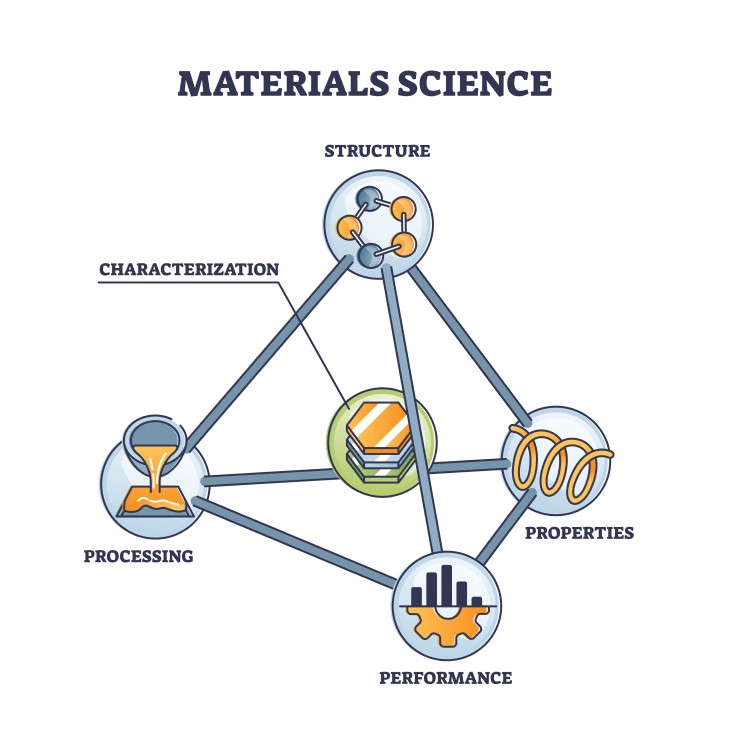
What is Material Characterization?
Material characterization is the process of examining and measuring the physical, chemical, and mechanical propeties of materials to understand their behavior and performance under various conditions. It plays a crucial role in various industries, including plastics manufacturing, where it is essential to ensure the quality, reliability, and performance of plastic components.
Traditionally, material characterization has relied on laboratory-based testing techniques, offering valuable insights into material properties but often failing to capture the dynamic behavior of materials during processing.
These laboratory-based methods often involve destructive testing, where samples of the material are removed from the component and subjected to various tests to determine their properties. A few examples of these methods include:
- Tensile testing: Measures the tensile strength, elongation and break, and Young’s modulus of the material
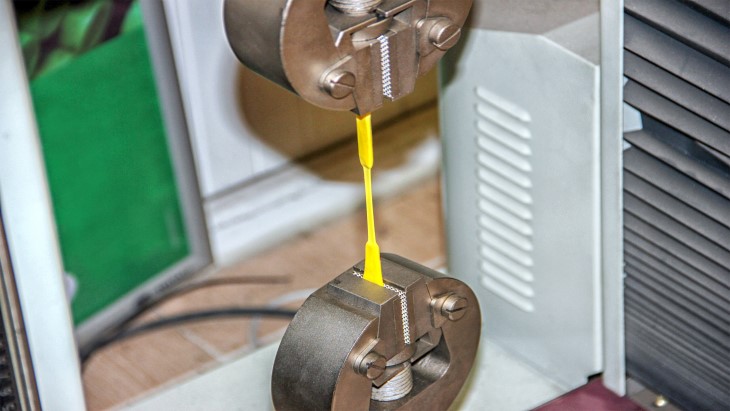
- Compression testing: Measures the compressive strength, modulus of elasticity, and yield strength of the material
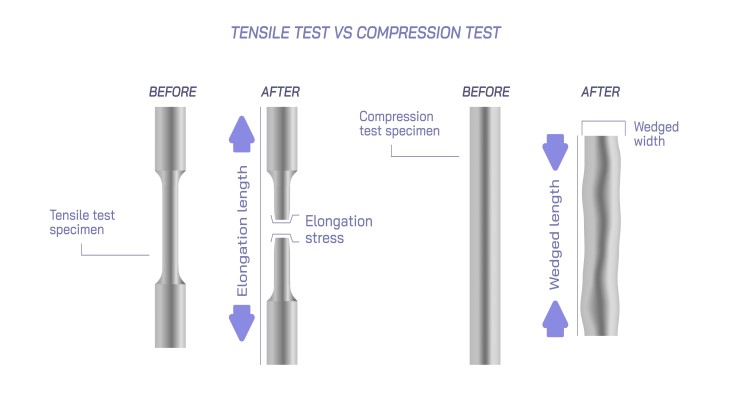
- Impact testing: Measures the impact strength of the material, indicating its resistance to sudden deformation
- Viscosity testing: Measures the flow properties of the material, such as melt flow index (MFI) and melt flow rate (MFR).
- Thermogravimetric analysis (TGA): Measures the weight loss of the material as a function of temperature, providing insights into its thermal stability
While these laboratory methods provide valuable insights into material properties, they suffer from several limitations:
- Destructive nature: Removing samples from the component may compromise its integrity and functionality
- Time-consuming process: Labor-intensive sample preparation and testing procedures delay feedback and make it challenging to identify real-time process issues
- Inability to capture dynamic behavior: laboratory tests often measure static properties, failing to capture the dynamic behavior of materials during the molding process
Real-Time In-Mold Material Characterization
Real-time, in-mold material characterization overcomes the limitations of traditional laboratory-based methods by providing continuous monitoring of material properties directly within the mold during plastics processing. This offers many benefits for manufacturers.
Enhanced Quality and Reduced Scrap
By providing real-time feedback on material behavior, manufacturers can identify and address potential issues – including defects like voids, sink marks, and short shots – before they lead to scrap production. This results in significant improvements in part quality and reduces the cost of waste disposal.
Improved Process Efficiency
By optimizing machine parameters, such as temperature and pressure, manufacturers can achieve shorter cycle times and reduced energy consumption. This translates into increased productivity and lower production costs.
sensXPERT: The Power of Real-Time Data
sensXPERT, a leader in real-time, in-mold material characterization, offers a comprehensive solution that addresses the needs of plastics manufacturers. sensXPERT’s dielectric sensors are embedded within the mold to continuously collect valuable data on material properties. This data is then transmitted to an accompanying edge device and the sensXPERT Digital Cloud Service to provide manufacturers with remote, real-time insights into their manufacturing processes.
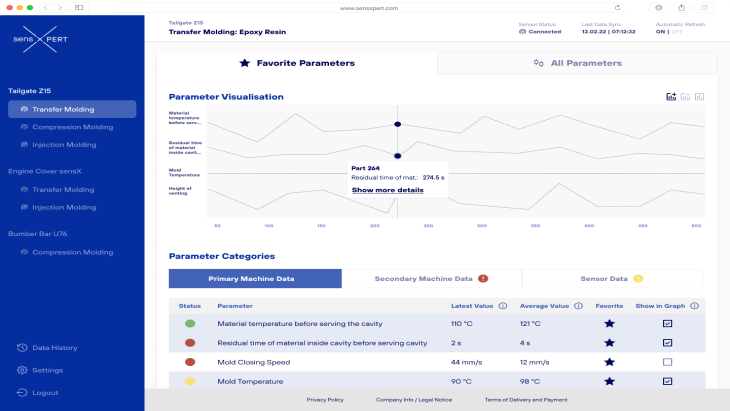
So, how does this work in practice? Below, we outline how sensXPERT’s Digital Mold technology benefits both thermoplastic and thermoset molders.
Thermoplastic Molders
Since thermoplastic materials are already pre-polymerized and do not cross-link during the molding process, many processors – including injection or compressions molders – can produce good parts by using simple in-mold pressure and temperature sensors.
However, with next-generation sensors that provide accurate material characterization data in real-time, most thermoplastic molders could more rapidly produce better parts at lower cost. sensXPERT’s in-mold dielectric monitoring system provides this characterization technique for plastic materials.
Additionally, thermoplastic molders could move post process quality assurance (QA) checks into their tools. By doing so, technicians would know whether good parts are being produced during each molding cycle and adjust process conditions for the next cycle accordingly.
Access to such data not only reduces the number of out of spec parts produced per shift, as well as frees up floorspace, time, and money allocated to quality checks, but it also helps manufacturers who cannot find enough skilled workers for their facilities.
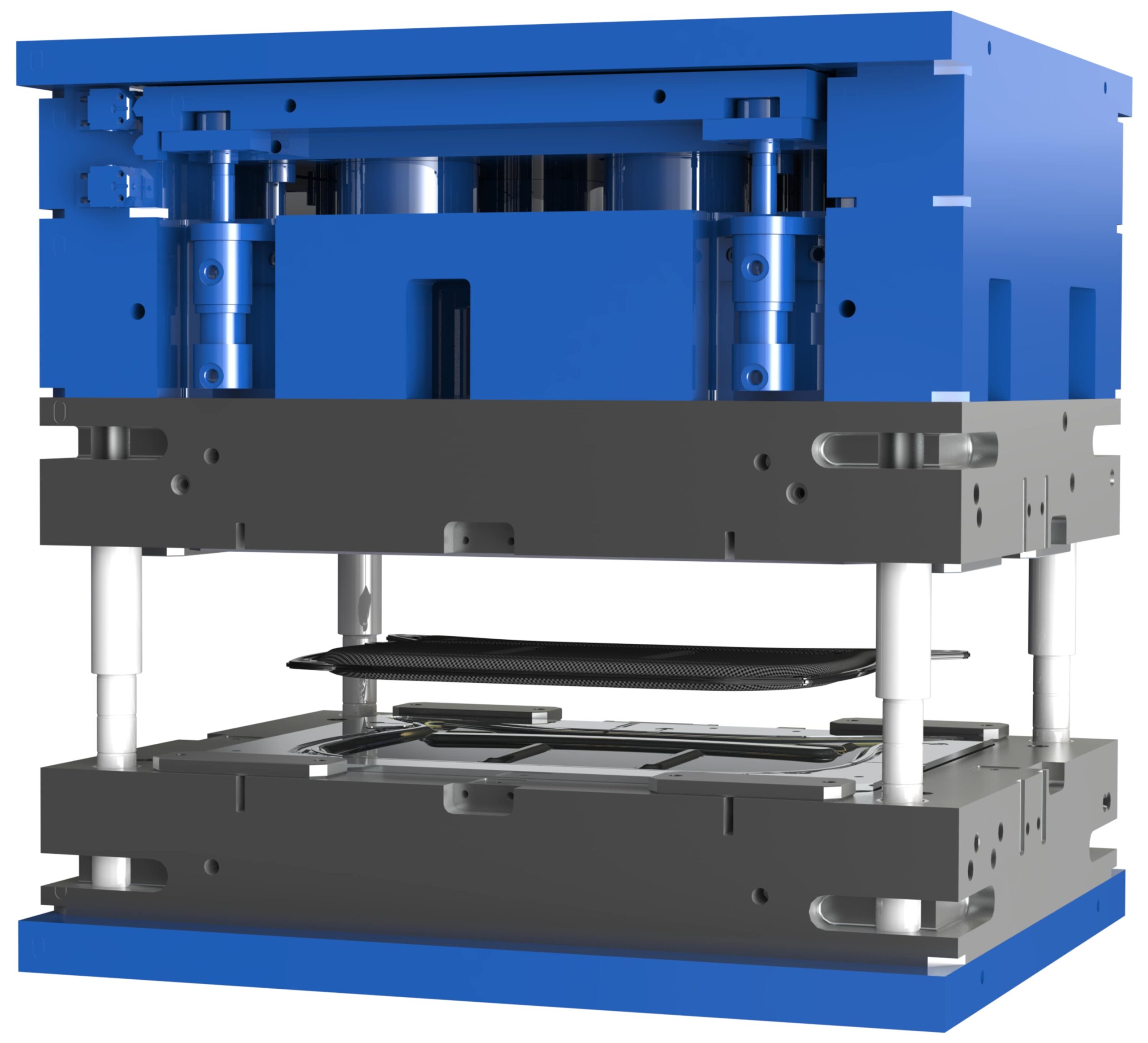
Thermoset Molders
In the case of thermoset molders, their production circumstances are often more complicated than those of thermoplastic molders. Closed-mold thermoset production processes can be greatly affected by numerous external variables including humidity, the machine operator’s technical skills, and more.
The challenge is consistently controlling thermoset processes by solely relying on in-mold temperature and pressure sensors. Thermoset processors could greatly benefit from access to real-time material characterization data, which would provide them with insight on the conditions of their material and mold at any given time. Additionally, this data would give manufacturers the information necessary to maintain consistent and balanced processes.
There are several cases in which real-time material characterization data is not only beneficial to molders but also necessary to solving production issues. One example is when manufacturers grapple with undercured parts that do not meet datasheet specifications, with overcured parts that are brittle, or with processes that shift between producing undercured and overcured parts.
Another example is when it proves difficult to reach desired glass transition temperature (Tg) values, which leads to parts that fail dynamic mechanical analysis (DMA) or differential scanning calorimeter (DSC) checks. Next-generation in-mold material characterization data can also help flag aging or contaminated material.
In each example, having access to more accurate reaction kinetics models, gel point, Tg, degree of cure, and even flow-front detection data can help make thermoset processing less of an art and more of a science.
In turn, this greater access to diverse data can help reduce scrap, costs, and time, thus aiding processors in being more profitable and less dependent on upfront simulation results and kinetic models. By providing processors with real-time material characterization in the mold, sensXPERT puts more control into the manufacturer’s hands.
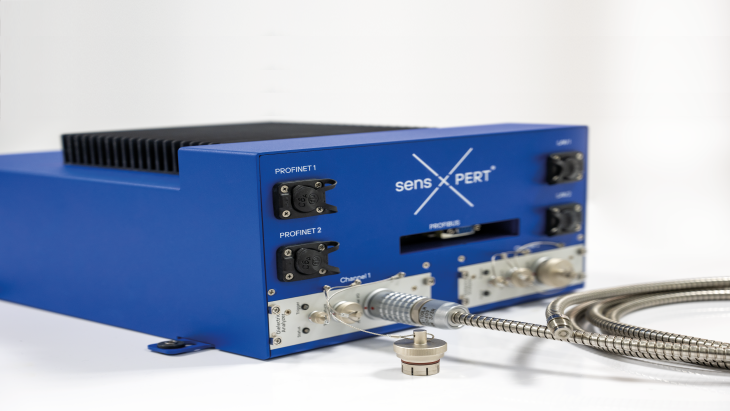
Advantages of sensXPERT’s Real-Time In-Mold Sensing System
- Helps thermoplastic molders improve quality, shorten cycle times, and stay alerted to contamination risks.
- Provides thermoset molders with more accurate insight into reaction kinetics and how factors outside of the mold impact the ability to consistently produce good parts.
- Enables molders to move QA checks within the mold, while reducing the time, space, and costs allocated to downstream QA checks, all while addressing the skilled labor shortages throughout many regions.
Reach out to our sales team to learn more about our technology and how it can help you better characterize plastics in your production.